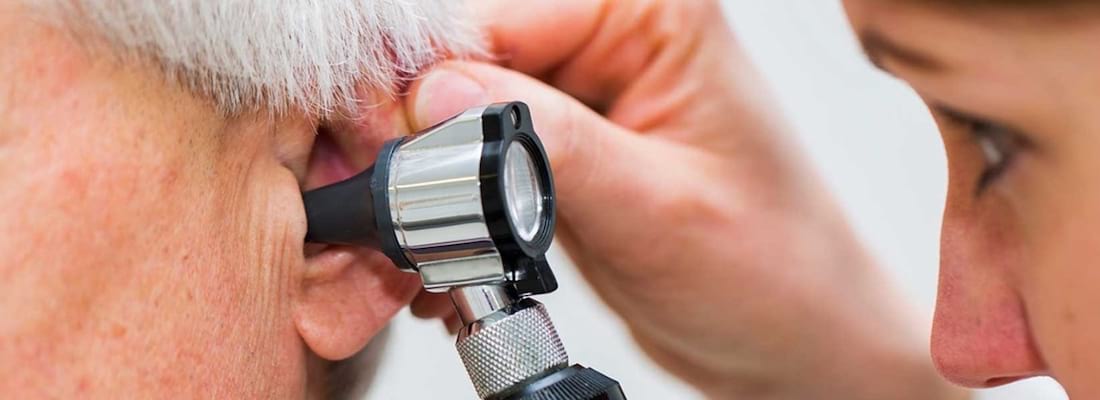About the lead author:
Mr Trevor Cronin is an Audiologist with Audiology Medical Services since May 2013. He has been performing earwax removals since 2014. He underwent three separate professional courses: Irrigation, Microsuction and Endoscopic Wax Removal. He designed the current study in January 2018, as part of an MSc dissertation with Cardiff Metropolitan University, under the supervision of Dr Fei Zhao. This involved measuring hearing loss associated with impacted earwax, measuring the temporary hearing loss due to the noise of the equipment, and measuring the tolerance levels of the microsuction procedure.
The study took part in Audiology Medical Services Ltd (clinics nationwide), with Mrs Linda Thompson and Ms Claire Sheehan assisting with data collection.
Trevor:
The results of the study were not surprising. By performing the microsuction procedure, daily, the vast majority of patients preferred this procedure to irrigation/syringing procedures that they had experienced previously. There are many advantages of microsuction compared to irrigation/syringing, the biggest being that it is a “dry” procedure, compared to a “wet” procedure. Water in the ear, along with the varying temperatures, can cause issues with ear infection, dizziness, etc.
The obvious disadvantage to microsuction is the noise of the machine. When the tip is placed in the ear canal, it can become louder, due to the acoustics in the canal. When a person is subjected to noise, it can cause a hearing loss, which is usually temporary (i.e. a temporary threshold shift, or TTS) and sometimes tinnitus. Most patients don’t notice this, even if it occurs, as they have a far greater awareness of the relief caused by the removal of the impacted earwax. There is an argument also that the impacted earwax will shield the ear from some of this noise, but this is a study for a different day!
The takeaway message from this study should be a greater awareness of the equipment that we use. Due to the efficiency and comfort of the procedure, microsuction is still the preferred method of earwax removal in my clinic. However, we need to aim to spend as little time as is necessary, in the ear canal. I also continue to use irrigation and manual methods, where appropriate. I would select the most suitable method for earwax removal on a case-by-case basis, and inform the patient, as much as possible. Their safety is paramount! Finally, I would also look to the manufacturers of the equipment to continue to endeavour to design safer suction units.
To read an abstract of the article, click HERE.
If you require access to read the full article, please email Trevor Cronin at trevorcronin@audiologymedicalservices.ie.









0 Comments
Add Comment